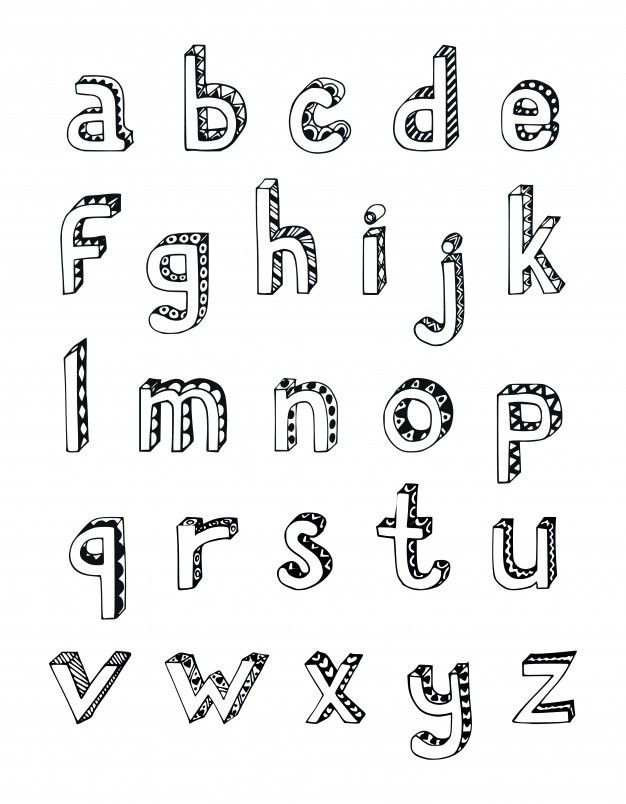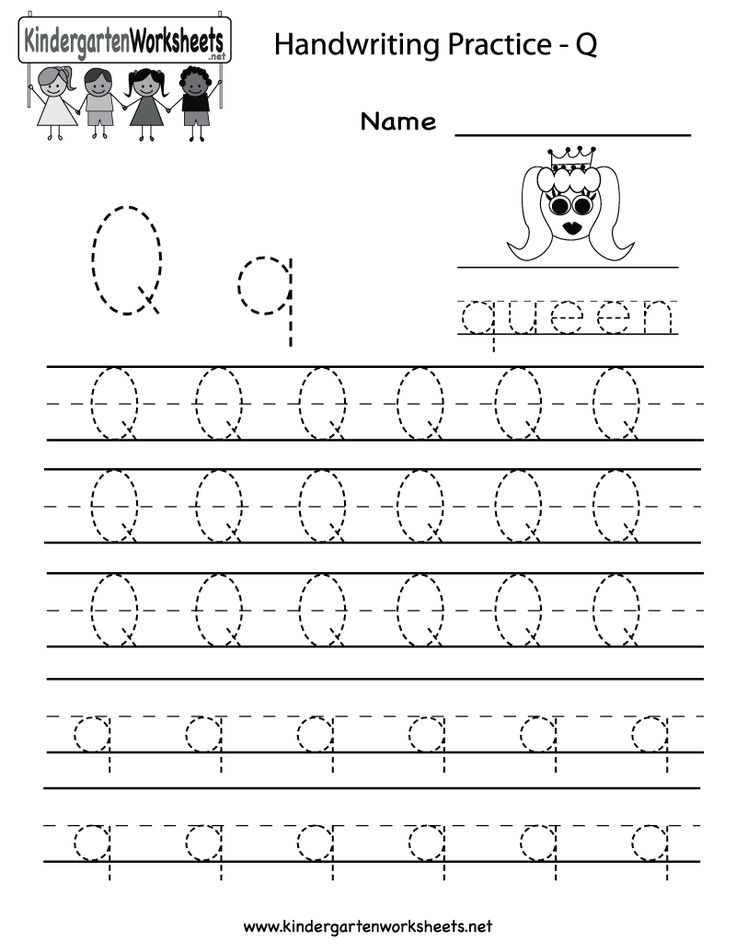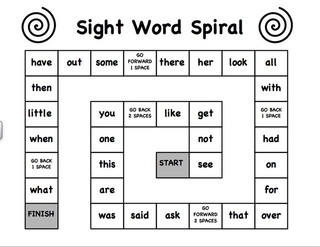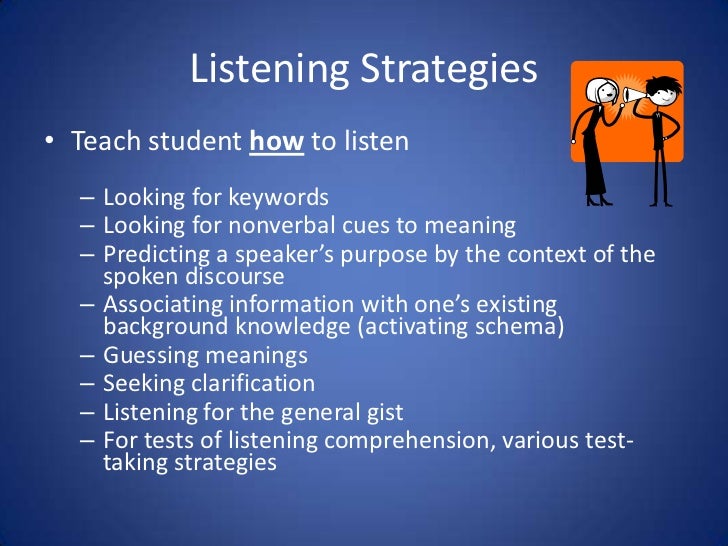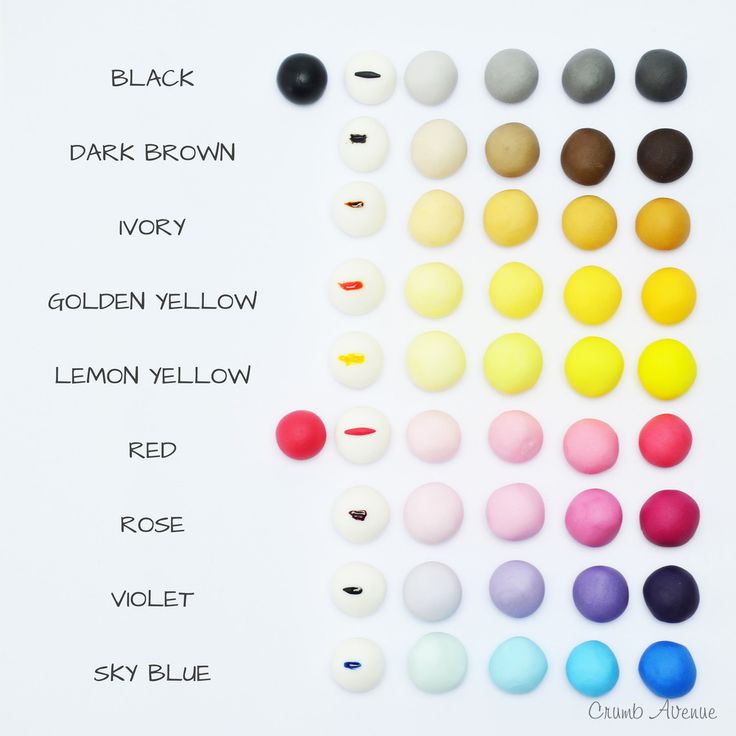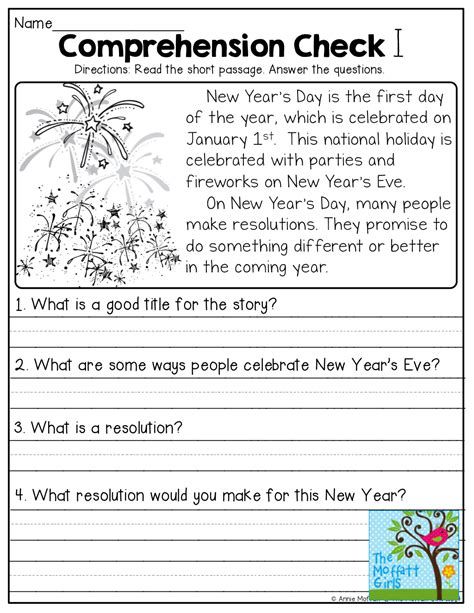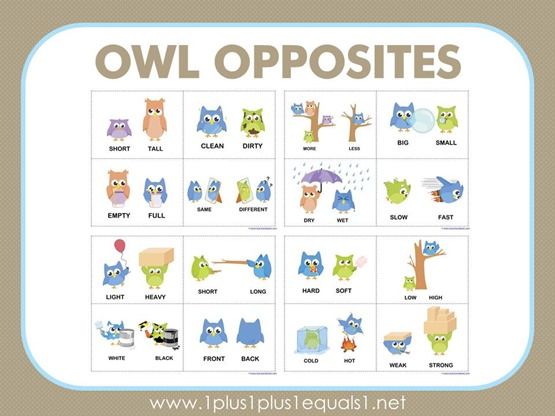Number 7 activities for preschoolers
27 Number 7 Preschool Activities
Learning how to write numbers and identify them properly is very important because this leads to counting skills. There are many ways of learning numbers. Hands-on math projects are the best method to understand concepts. Here are some activities to help preschoolers learn mathematical concepts and enjoy fun activities.
1. 7 scoops of ice cream!
Children love ice cream on a cone and of course, they can't even imagine 7 scoops. So let's have some fun and in this activity, children will have different flavors of ice cream pre-cut out of card paper in balls. The cones can be made out of brown construction paper. Fun counting game.
Learn More: Adobe
2. Chocolate chips 1,2,3,4,5,6,7!
Mini chocolate chips are so delicious, and even more so when used for counting. First, we have to do all the activities and counting practice, and then we can eat and enjoy those little chocolate morsels that melt in our mouths. For traveling, make the game into a deck of cards.
Learn More: Pinterest
3. Drive along highway 7
Children love to play with small toys and cars. Teachers or parents can help students cut a big number 7 out of black construction paper and make a long road or highway that the cars can drive on. Be creative and with blocks make a real bridge. As they play they count the other 7 cars on the road.
Learn More: Pinterest
4. Ladybug Ladybug flies away.
These adorable paper ladybugs are so popular in preschool and children will enjoy making them and it is a favorite counting activity. Use different mediums for the bug and her spots. They can chant or sing a song while they are doing their craft.
Learn More: Eastcoast Mommy Blog
5. The Rainbow Song
The Rainbow song has Seven colors of the rainbow and instead of singing I can sing a rainbow they can sing, "I can sing 7 colors, can you?" This song is lots of fun in the ASL version too! Students can use colorful markers and construction paper to make this craft.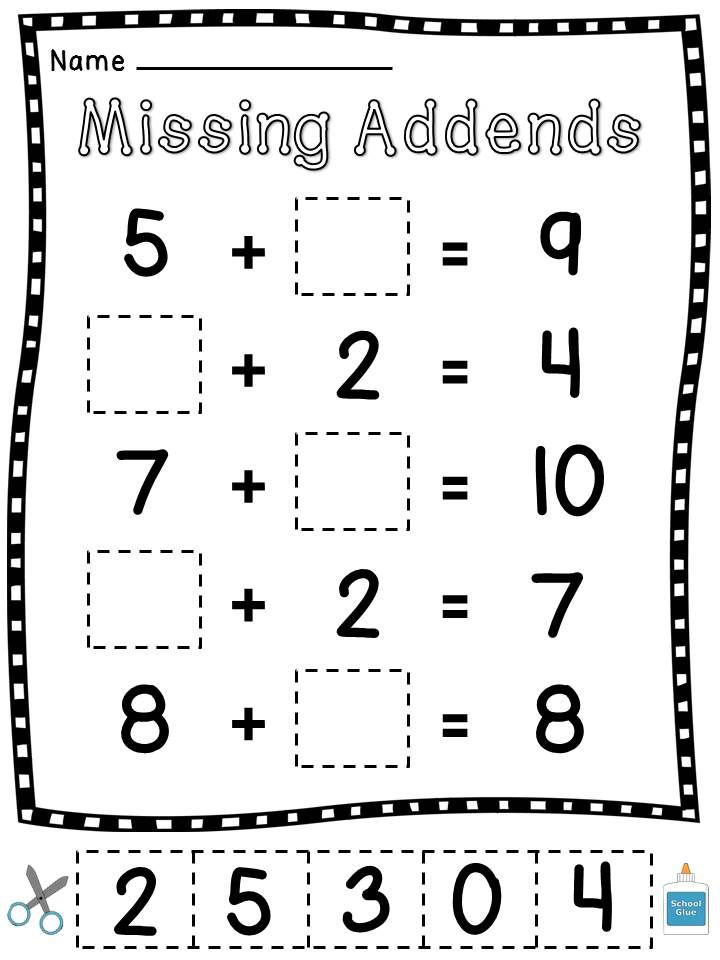
Learn More: Teacher Luchie
6. 7 worms in my apple!
Preschools love yucky songs, stories, and crafts about insects and worms. So today we have 7 worms in my apple paper plate craft. Great for busy toddlers. The paper plates need 7 precut slits for each worm. The children can count, color, and cut out each worm with assistance. The kids can paint their apples and slowly insert their colorful worms and count them.
Learn More: I Heart Crafty Things
7. Seven Days of the week Bilingual!
When we learn numbers, we need to associate them with things we know like a pair of shoes is 2 or a dozen of eggs are 12 and there are 7 days in the week. So children can count the days of the week and learn them in English and in Spanish! Monday day 1 or Lunes Dia "uno"! Children love calendar lesson plans and help to reinforce many skills.
Learn More: Pinterest
8. Squishy glitter foam number fun.
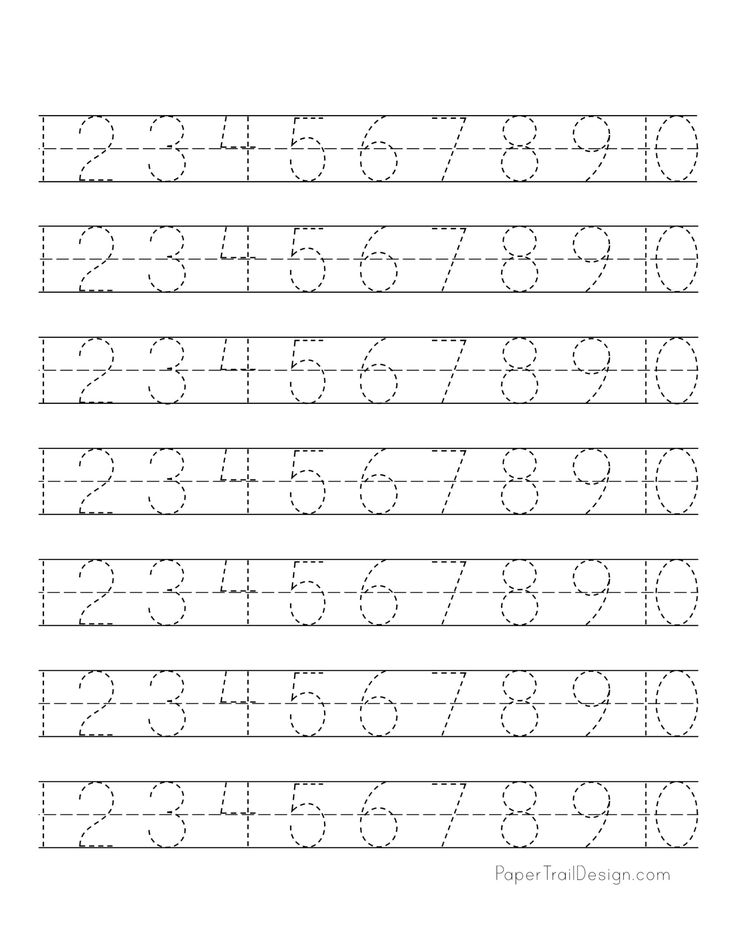
There are a lot of fun number activities you can do with glitter foam. One is to create numbers 1-7 or seven colorful balls for counting. This is a hands-on video for a how-to and children can listen to number songs and make their countable creations. Great motor practice and fun too.
Learn More: Candy Play TV
9. Groovy Button Jewelry
Seven big plastic buttons can be colorful and easy to count. Children can string 7 small buttons and 7 big ones for counting .buttons on a cord or elastic band and you have a fantastic countable bracelet. Big buttons are fun to touch and count, plus they make a nice noise when you shake them.
Learn More: Pinterest
10. Can you see number 7?
Circle the number seven, count the objects and draw or write the number. This site is action-packed to keep busy little ones active and learning. Printable worksheets and low-cost ideas to improve math skills.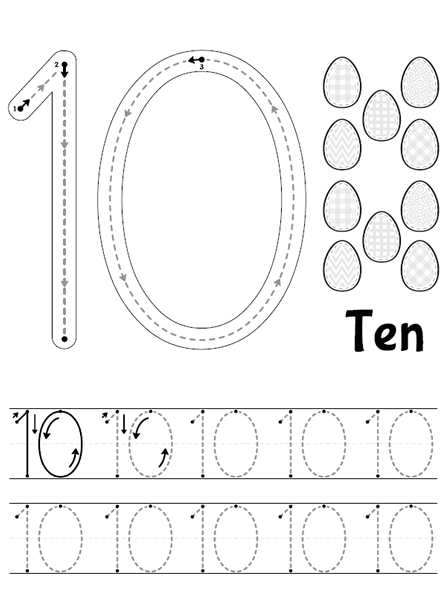
Learn More: Math Only Math
11. Collage Time
Collages are an excellent way to teach preschoolers fine and gross motor skills. With a piece of paper and printable of number 7. Children can take different types of paper: tissue paper, crepe paper, and other materials or abstract items to fill in number 7.
Learn More: Raising Children
12. 7 Falling leaves
When the seasons change what better way for preschoolers to get out and see the leaves turn from green to brown and fall off the tree? Have an outdoor class with some printable papers of number 7 and have children color their trees green and brown and then glue stick 7 brown leaves falling.
Learn More: Red Ted Art
13. Dough counting mats
Play dough is fun to play with and if we can incorporate math concepts into it, even better. Here are some easy-to-make play dough mats and laminate them. You have the numbers 1-10 so children can mold out the number and do some counting activities as well.
Learn More: Life Over CS
14. Fish bowl fun- Counting printable
Children can create a fish bowl with printable worksheets and different types of paper or material and cut out 7 fish, color them and "drop" them in the water. They can make fish food too out of a recycled container and put in 7 "pellets of food" using pom poms for interactive play.
Learn More: Pinterest
15. 7 fingers and one rainbow hand
Children can trace their fingers counting from one to seven on a sheet of paper so that they can see the different amounts. They can color each one in a different color too. This is a very simple counting activity and is good to reinforce math skills.
Learn More: Pinterest
16. Tracing and learning to write numbers
This is a big step. Before children start writing numbers they have to learn what the number 7 means by counting the days of the week.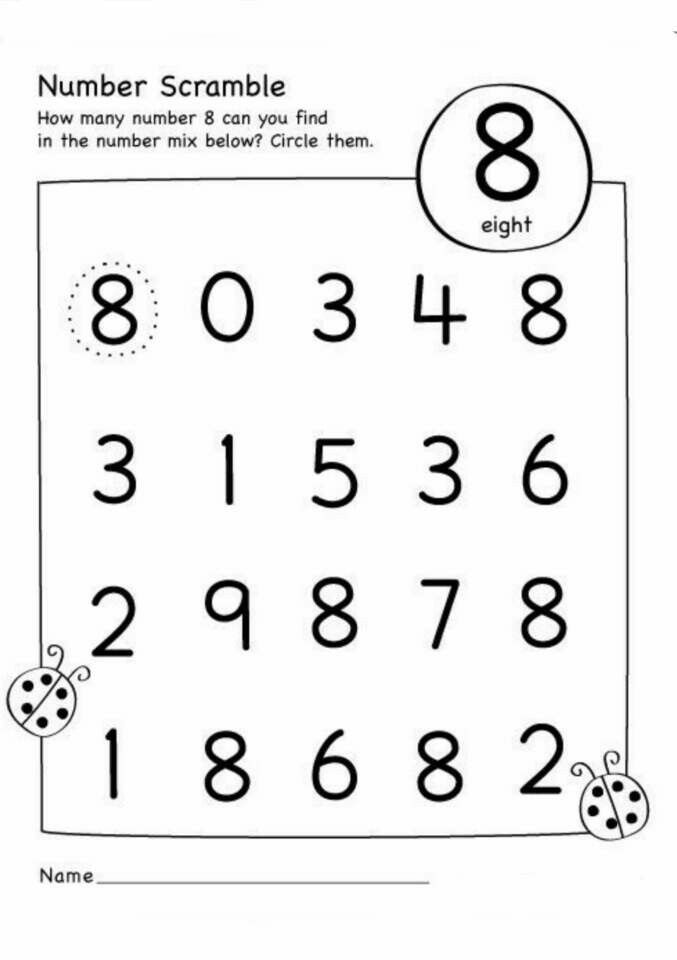 Eggs in a carton, anything where they can count. Then they are ready to practice their fine motor skills and try to write the number. Fun math sheet.
Eggs in a carton, anything where they can count. Then they are ready to practice their fine motor skills and try to write the number. Fun math sheet.
Learn More: About Preschool
17. 2 silly monsters learn the number 7
This is a fun math lesson and educational video where children can follow along and shout out the correct answer. Entertaining, witty and kids enjoy the puppetry. Numba and friends are here to guide your preschoolers through this fun filled, hands-on activity.
Learn More: Toy Time TV
18. Counting Clouds
Children practice counting with this experience. The texture of cotton balls and sticking them onto the clouds with the corresponding cloud is amazing. Just draw the 7 clouds onto construction paper and write numbers 1-7 on each and have them count the cotton balls and place them accordingly.
Learn More: Facebook
19. DIY turtle homemade puzzle & Fun math crafts
Turtles have cool shells and some turtles have shells that are super for counting.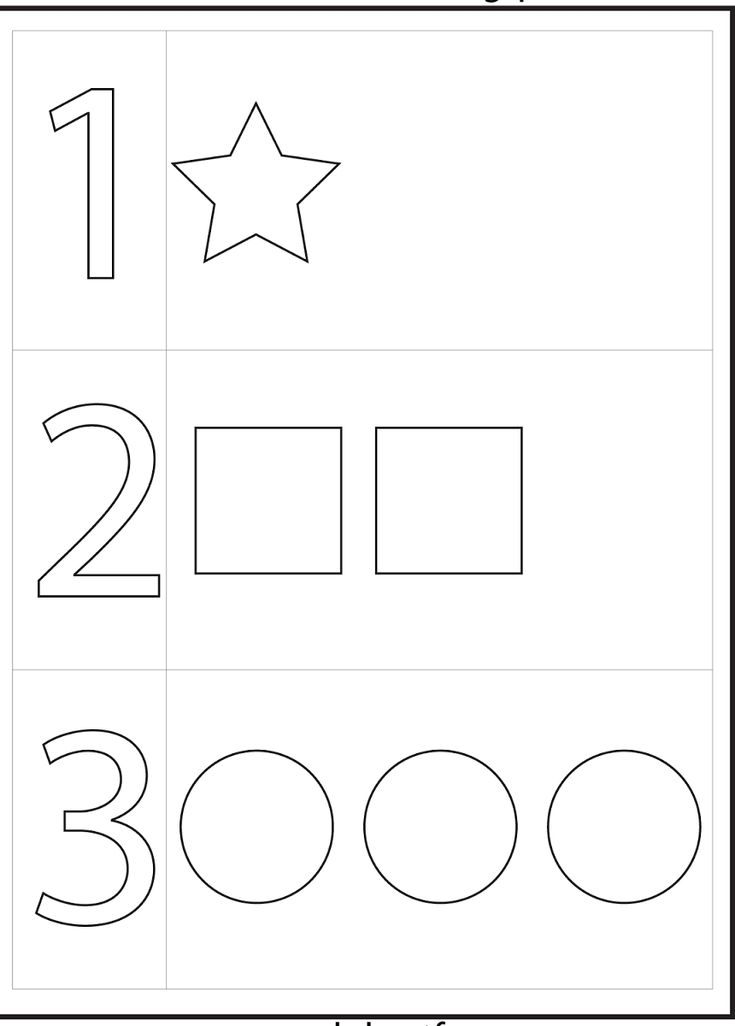 Have preschoolers make their own turtle and practice counting and child number recognition. Using recycled materials they can easily make a cool turtle.
Have preschoolers make their own turtle and practice counting and child number recognition. Using recycled materials they can easily make a cool turtle.
Learn More: MBS Activity Room
20. Dot to dot
Dot to dots is the perfect way for toddlers to develop their fine motor skills. Follow the dots numbers 1-10. These activities are important to learn pre-writing and patience. They can use different colors to connect the numbers.
Learn More: Connect The Dots 101
21. Dot sticker madness!
Dot stickers are addicting and children love to peel and stick them accordingly to fill in the space or to create pictures. You can use so many worksheets for counting or printable numbers, the ideas are endless. Sticking dots in a row or completing an image with dots!
Learn More: Happy Tot Shelf
22. Inspired by Kinder Number 7
This site has an interactive video where children listen, watch, speak and write.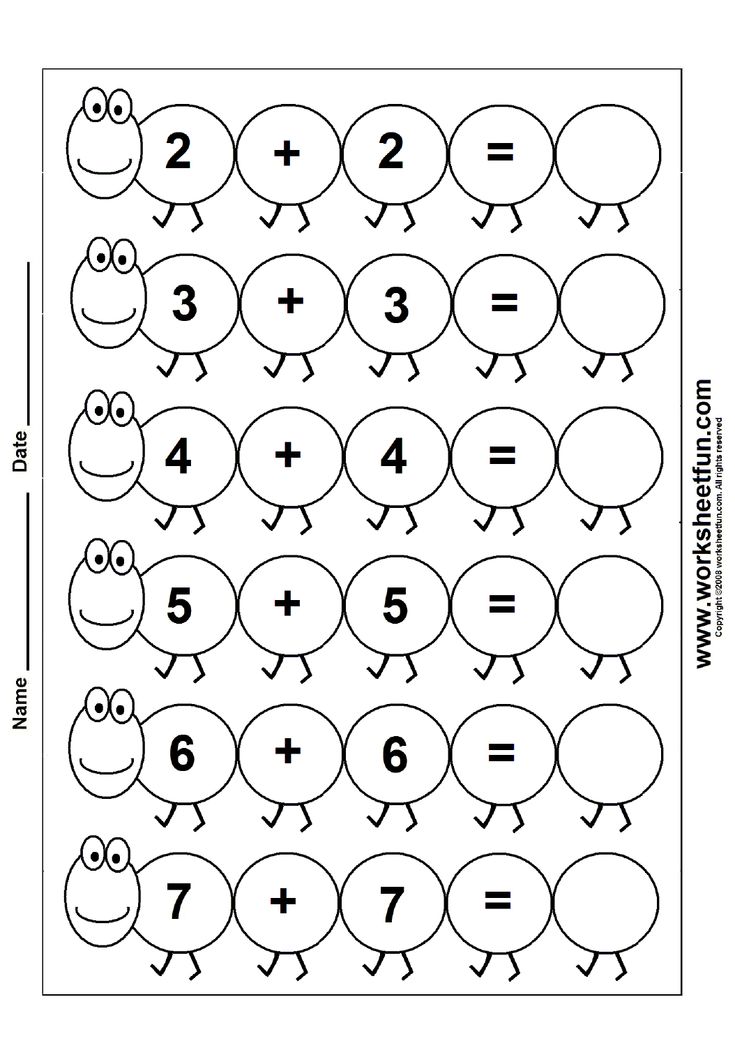 Fun to follow along instructions and they will keep busy with number 7 the story time video. Great resources for math and sciences too.
Fun to follow along instructions and they will keep busy with number 7 the story time video. Great resources for math and sciences too.
Learn More: Inspired by Kinder
23. Hi Ho Cherry-O and Fun Math Games
Hi Ho Cherry O board game, brings back many fond memories and nostalgia. Each child needs a cardboard tree cut out of holes for the cherries, and a bowl of red pom poms to represent the cherries on the tree. The pom poms can be in a brown paper cup to represent the basket. Children use the spinner for numbers 1 2 or 3 or the dog eats one cherries, or you have spilled all your apples and lose a turn. The objective is to get 7 cherries on the tree.
Learn More: Pinterest
24. Where do I live?
Preschoolers can learn at a young age to recognize maps and places. The seven continents coloring sheet is a great way for them to be exposed not only to the number 7 but the continents as well. Follow up with videos.
Learn More: Pinterest
25. Nature time for preschool and Kindergarten
Let's connect with nature. Take kindergarten children out to the park or a natural area and collect a basket of flowers, sticks, stones, and leaves. Once they have come back from their nature walk, they can match the number to their things. Don't forget to collect 7 stones!
Learn More: Growing Hands On Kids
26. Counting shapes
Children are drawn to colorful shapes and these activities for preschool children are essential. Students can put the different forms in a row and then count them.
Learn More: The Teaching Aunt
27. Bottle cap counting and memory game
We have to teach children to use and recycle. This is a great memory game and counting activity with bottle caps that we throw out daily. Use the caps, put the image or number inside the cap and let's play.
Learn More: Pinterest
40 Awesome Number Activities for Preschoolers
You are here: Home / Activities / Learning / Math & 123s / 40+ Awesome Number Activities for Preschoolers
16 Dec
Math & 123s
PopularPreschoolersCounting
Numbers
Resources60 Comments
SHARE POST
Number activities for preschoolers don't have to be boring and just worksheets, make them fun so your preschooler will love math!
I love math.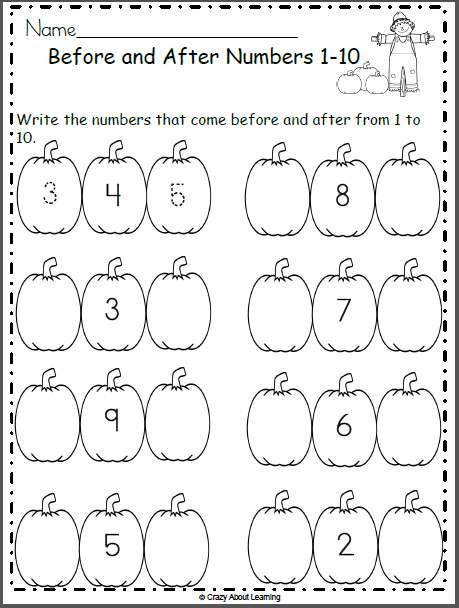 I’m a nerd, yes. But I love anything to do with numbers.
I’m a nerd, yes. But I love anything to do with numbers.
I really do hope I can pass this along to my kids by making learning activities about numbers and counting fun for them and not a chore.
As I’m typing this, Henry’s shouting excitedly as he’s counting how many things on his sprayer…though I’m not really sure what he’s counting exactly. He made it to 39 though!
Because I’m a huge math nerd I searched for easy and fun number activities for preschoolers.
My Favorite 40+ Number Activities for Preschoolers!
Try these activities to help preschoolers learn their ABCs!
Recognizing Numbers Activities for Preschoolers
Identifying numbers can be a learning experience for preschoolers (and younger!). Many of the ABC recognition activities can also be adjusted for numbers.
My kids love these 12 number activities for preschoolers to recognize numbers.
- Turn a number into sensory art – perfect for the 100th day of school!
- Go on a hunt for numbers and match it with the same number!
- Follow a number from start to finish in a maze.
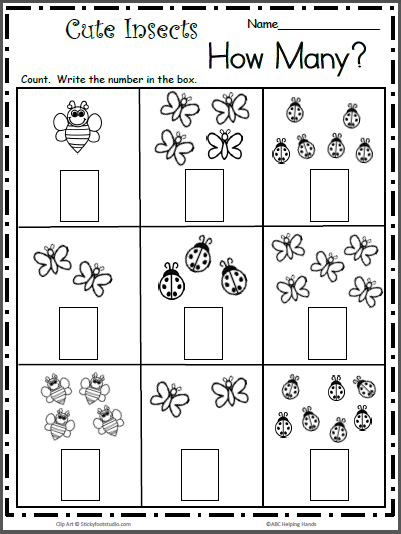
- Trace numbers, really big!
- Little Family Fun created a parking lot with numbers.
- Pop! Find the number and pop it!
- Find and match playing cards.
- Have target practice with water balloons and numbers, like Motherhood on a Dime
- Make art! Do this paint by number canvas art.
- Use stickers and printable number cards to play hide and seek, from Teach Mama.
- Draw and paint over numbers with q-tips, like Toddler at Play!
- Clip and match with giant numbers from You’ve Got This Math!
Activities for Number Recognition
Counting Activities for Preschoolers
Learning there’s a sequence to the numbers and what comes next. Try these 18 number activities to help preschoolers learn to count.
- Connect the dots! A simple past-time activity that reinforces the order of numbers.
- Upcycle a box into a puzzle of numbers!
- Create a maze of numbers to drive through. Can they count their way to the end?
- Stacking up boxes and counting how high you can go!
- Make a craft together with multiple pieces.
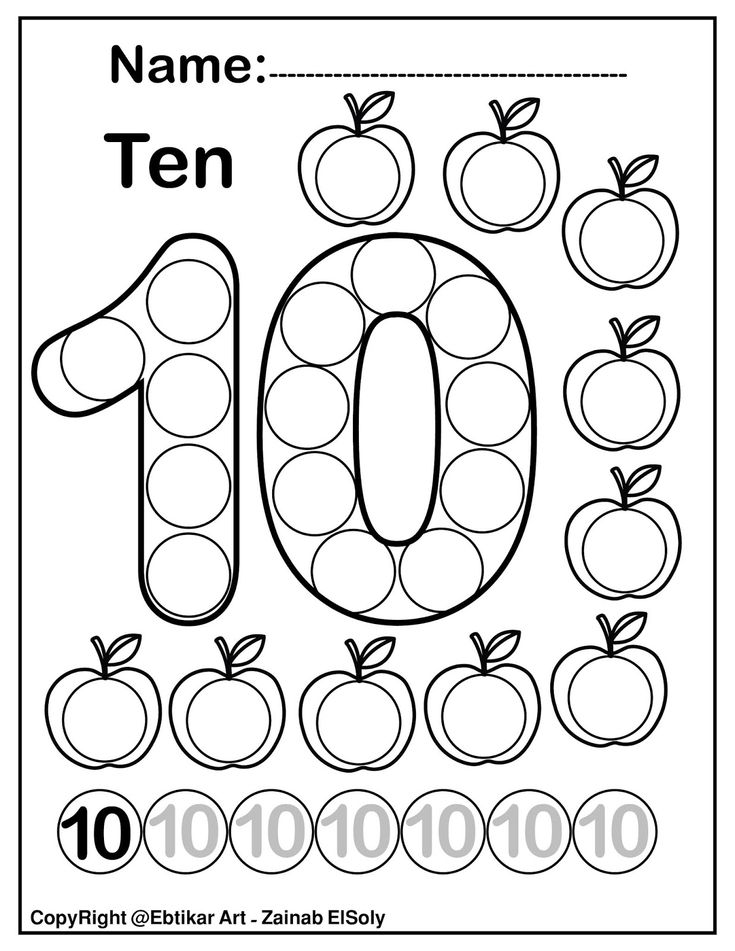 Have your child do the counting!
Have your child do the counting! - Count cars of a particular color while on the road, or semis, or vans, whatever suits their interest!
- Create a learning game with your ABC mat and number blocks. Choose a number block and pound the corresponding times with a hammer on the corresponding number mat!
- Let your child run an experiment and measure how much something holds! How many cups fit?
- Make puzzles with a picture. Label sections of the puzzle in numerical order. Cut apart and have your child put it back together again, from Growing in PreK.
- Use friendly animal crackers to practice counting and number recognition, like I Can Teach My Child.
- Measure objects (or yourself!) and count how big they are, from The Imagination Tree
- Count objects around the house. No Time For Flash Cards wants to know “How many doors do you have?”
- Play any board game, or make your own! Little Family Fun creates a fish race game!
- Count with LEGO! Do Play Learn likes to label a paper with numbers and count out the LEGO next to it.
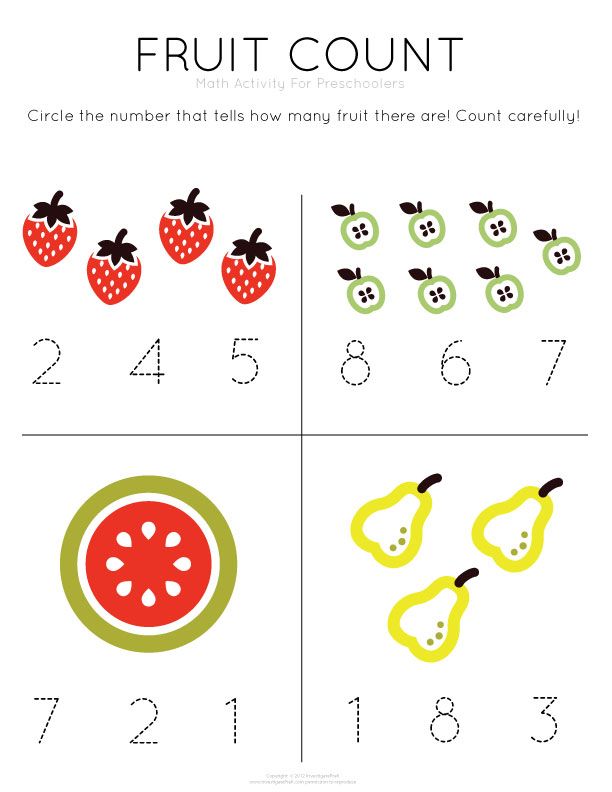
- Snack time! Use dice and fruit snacks and play until you eat them all up, like Kids Activities Blog.
- Have a bean bag toss on the stairs, number them!
- new
- new
Counting Activities for Preschoolers
One to One Correspondence Activities for Preschoolers
Knowing your numbers is one thing and knowing how to count is another. But being able to put them into context that they each have meaning is done with one to one correspondence.
Get ready for preschool with 35 name activities!
I love these 12 number activities that help a preschool practice one to one correspondence.
- Head out into nature and explore flowers. Count and compare flower petals!
- Go on a hunt for a number and match it to its corresponding dots.
- Build towers of blocks on a number mat, with the correct number of blocks high!
- Spark your child’s interest with their interests! A farming approach of loading grain bins with the corresponding number of pieces of “grain.
 ”
” - Have a newspaper throwing game and count up the newspaper balls, or how many you make, or miss!
- Make something in the kitchen together, or do an experiment and let your child measure out and do the counting.
- Sort through objects by color, and count how many you have of each!
- Fill a dump truck with objects (like Dominoes!) and count how many you can fit in there, like Inspiration Laboratories.
- Estimate first for some fun and then count item, from Teach Preschool.
- Have a counting race in the front yard and pick dandelions in the process!
- Roll a die (or two!) and practice one to one correspondence as kids build towers with blocks.
- Use a dice and small objects (like pom poms or corn kernels) and count them and fill up a tray.
One to One Number Activities for Preschoolers
Counting and number books that will get preschoolers excited about numbers:
- The Baker’s Dozen: A Counting Book
- I Spy Numbers
- One Big Building: A Counting Book About Construction (Know Your Numbers)
Do you actively work on numbers and counting with your child? Share your favorite activities!
SHARE POST
About Jamie Reimer
Jamie learned to be a hands on mom by creating activities, crafts and art projects for her three boys to do.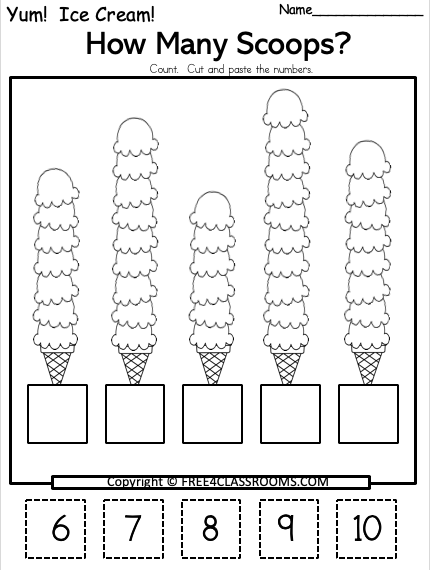 Jamie needed the creative outlet that activities provided to get through the early years of parenting with a smile! Follow Jamie on Pinterest and Instagram!
Jamie needed the creative outlet that activities provided to get through the early years of parenting with a smile! Follow Jamie on Pinterest and Instagram!
Reader Interactions
The mode of employment of students in the preschool educational institution
The page was updated on 07/21/2017
APPROVED
by order of the manager
dated 29.01.2014 No. 22/03-01
N.L. Borodai
Class schedule for students in the institution
- Municipal preschool educational institution kindergarten of a general developmental type No. 8 "Spikelet" (hereinafter referred to as the Institution) operates in the mode:
- full day - 12-hour stay.
- Working hours of the Institution:
- five-day work week;
- opening hours - from 7.00 to 19.00;
- days off - Saturday, Sunday, non-working holidays established by the legislation of the Russian Federation;
- The maximum duration of continuous wakefulness of children aged 3-7 years is 5.
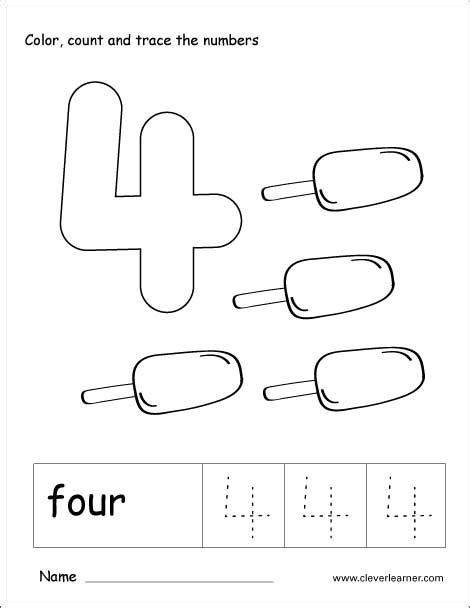 5-6 hours, up to 3 years - in accordance with medical recommendations.
5-6 hours, up to 3 years - in accordance with medical recommendations. - The duration of daily walks is 3-4 hours. The duration of the walk is determined depending on the climatic conditions. When the air temperature is below minus 15 °C and the wind speed is more than 7 m/s, the duration of the walk is reduced.
- Walks are organized 2 times a day: in the first half of the day and in the second half of the day - after a day's sleep or before the children go home.
- When organizing the stay of children for more than 5 hours, meals are organized at intervals of 3-4 hours and daytime sleep.
- The total duration of daily sleep for preschool children is 12 - 12.5 hours, of which 2 - 2.5 hours are spent on daytime sleep. For children from 1.5 to 3 years, daytime sleep is organized once for at least 3 hours.
- At least 3-4 hours are allotted for independent activities of children aged 3-7 years (games, preparation for educational activities, personal hygiene) in the daily routine.
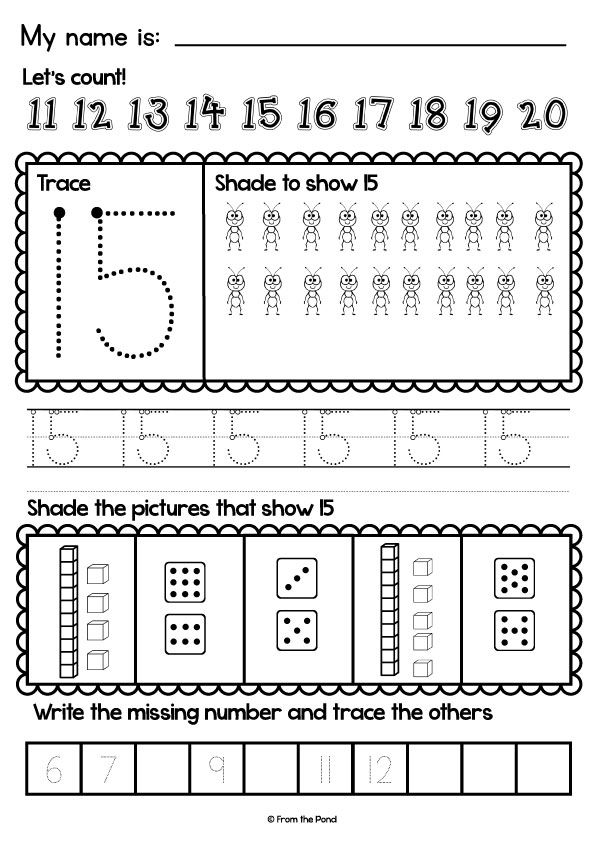
- The maximum duration of continuous directly educational activity for young children from 1.5 to 3 years is 10 minutes. Educational activities are carried out in the first and second half of the day (8-10 minutes each). It is possible to carry out educational activities on the playground during a walk.
- The maximum duration of continuous direct educational activity for children from 3 to 4 years old is 15 minutes, for children from 4 to 5 years old - 20 minutes, for children from 5 to 6 years old - 25 minutes, for children from 6 to 7 years old - 30 minutes.
- The maximum allowable amount of educational load in the first half of the day in the junior and middle groups is 30 and 40 minutes, respectively, and in the senior and preparatory - 45 minutes and 1.5 hours, respectively. In the middle of the time allotted for continuous educational activities, physical education minutes are held. Breaks between periods of continuous educational activity - at least 10 minutes.
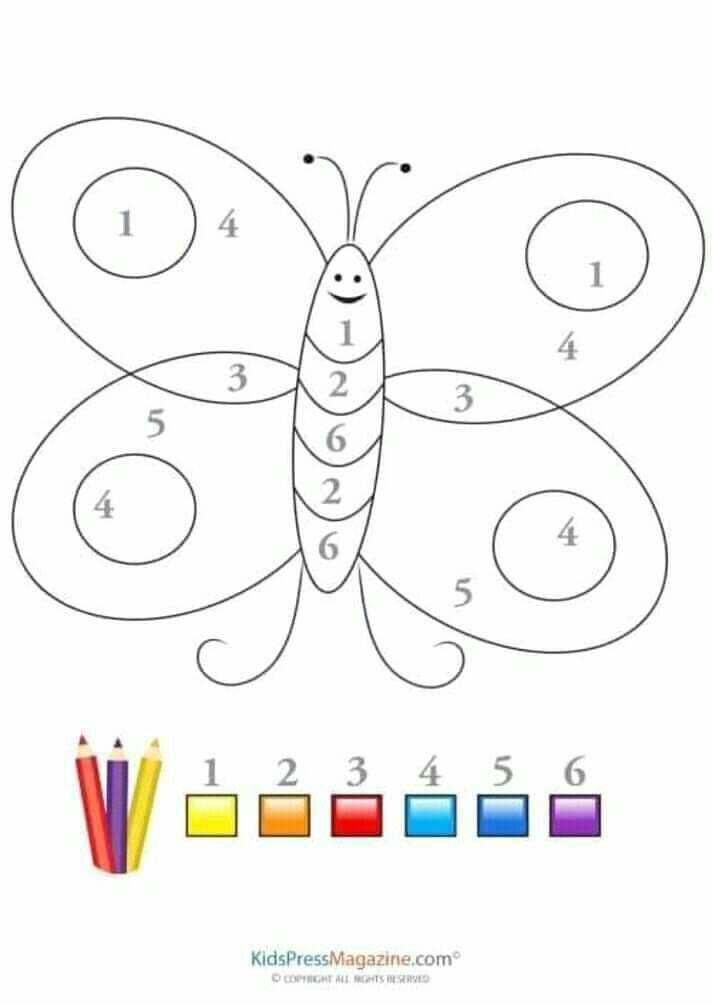
- Educational activities with children of older preschool age can be carried out in the afternoon after daytime sleep. Its duration is no more than 25 - 30 minutes a day. In the middle of a directly educational activity of a static nature, physical culture minutes are held.
- Educational activities that require increased cognitive activity and mental stress of children are organized in the first half of the day. To prevent fatigue in children, physical education, music classes, rhythm, etc. are held.
- The forms of physical activity of children in the Establishment are morning gymnastics, physical education indoors and outdoors, physical training minutes, outdoor games, sports exercises, rhythmic gymnastics, training on simulators and others.
In the volume of motor activity of pupils aged 5-7 years, health-improving and educational activities are provided in organized forms for 6-8 hours a week, taking into account the psychophysiological characteristics of children, the time of year and the mode of operation of the Institution.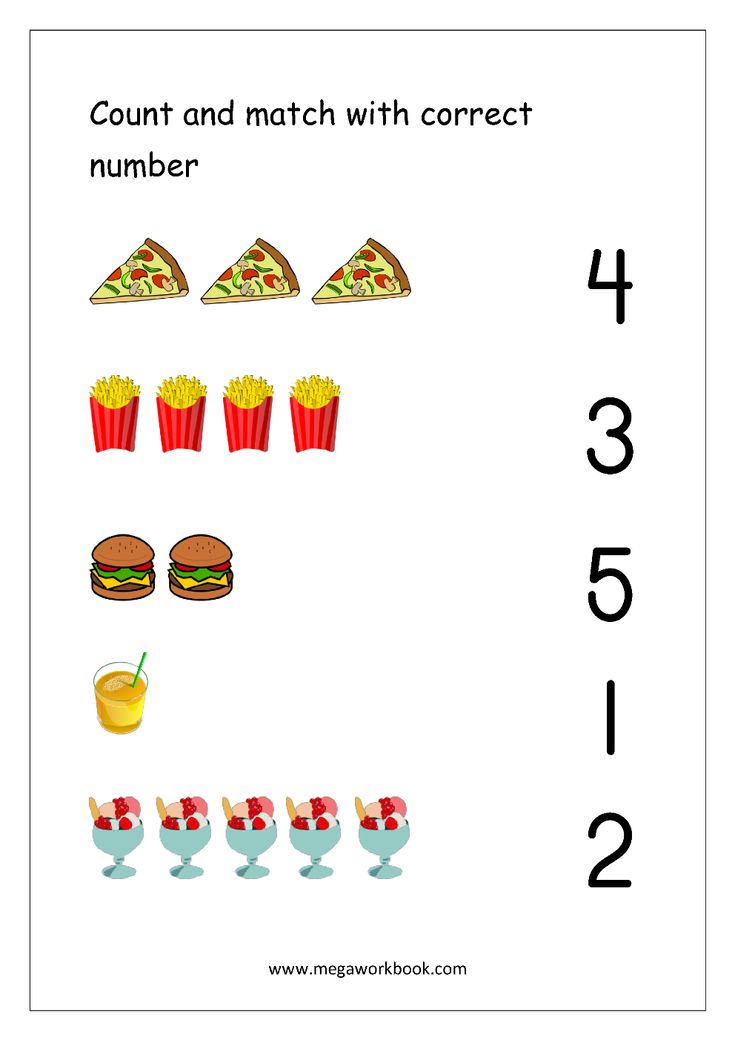
- With children of the second and third years of life, physical development classes of the main educational program are carried out in subgroups 2-3 times a week.
The duration of physical development classes for children from 1 year 7 months to 2 years - 8 - 10 minutes, from 2 years 1 month to 3 years - 10-15 minutes.
- Physical development classes of the main educational program for children aged 3 to 7 years are organized at least 3 times a week. The duration of physical development classes depends on the age of the children and is:
- in the younger group - 15 min.,
- in the middle group - 20 min.,
- in the senior group - 25 min.,
- in the preparatory group - 30 min.
Once a week for children 5-7 years old, classes are organized all year round for the physical development of children in the open air (if the children have no medical contraindications and the children have sportswear appropriate for weather conditions).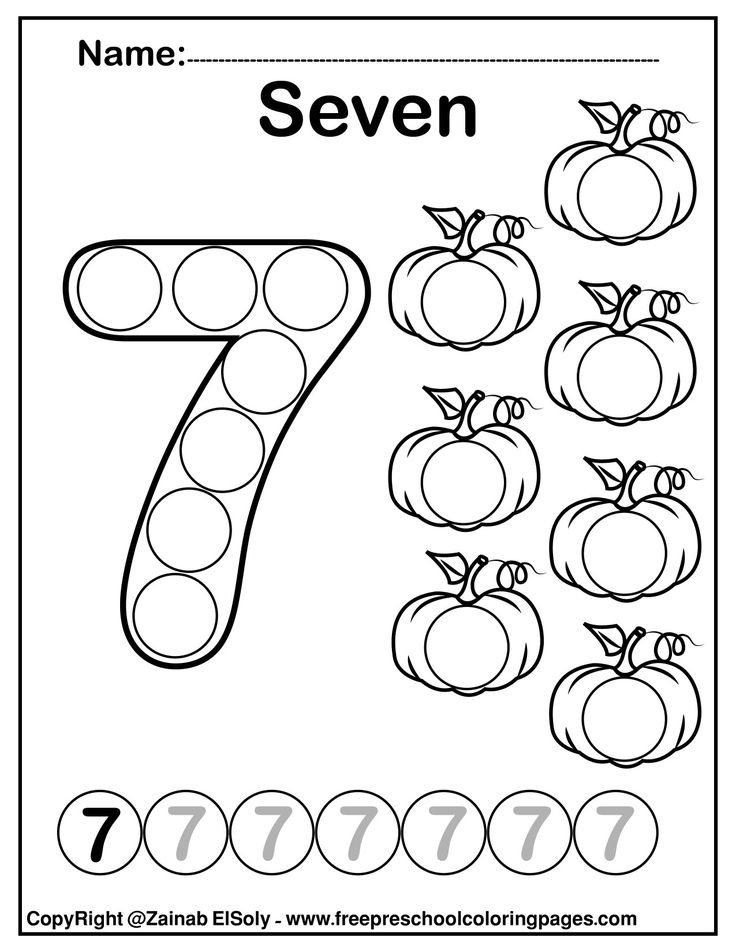
- To achieve a sufficient amount of physical activity of children, all organized forms of physical exercise with a wide inclusion of outdoor games and sports exercises are used.
- The mode of additional education classes is established by the class schedule.
- When conducting classes for children using computer technology, the organization and mode of classes must comply with the requirements for personal electronic computers and the organization of work.
- The specific regime for visiting the Institution by the child is established by the agreement on education concluded between the Institution and the parents (legal representatives) of the child.
Preparation for school 6-7 years old in Moscow, classes for children aged 6-7 years old
Developing classes for school preparation 6-7 years old today are recognized as a necessary component of preschool education of a child and the basis of his further success.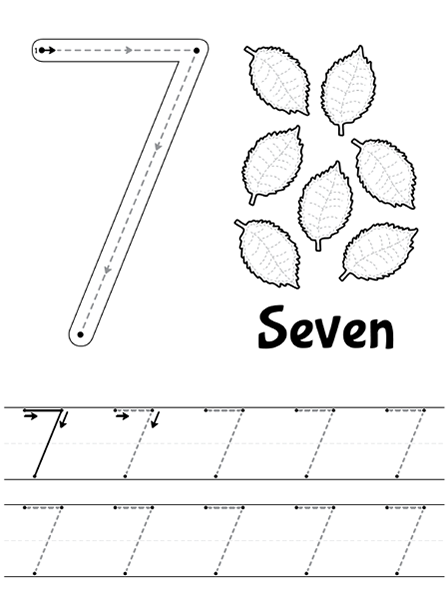 Maturity and readiness for the educational process is determined by the main criteria:
Maturity and readiness for the educational process is determined by the main criteria:
- physical maturity,
- basic knowledge and
- communicative competence.
To develop all these components, our club has prepared appropriate courses for children aged 6-7 to prepare for school.
The development of a child, as a rule, begins at an earlier age. For this purpose, they conduct homework, attend general development groups. The program of kindergartens - public and private - is also built on the principle of adaptation to future studies. If this has not been done, you should hurry to contact the experts.
Preparation for school age 6-7 - what does it consist of?
The level of physical readiness consists of the maturity of gross motor skills and the readiness of the muscles of the hand to hold a pen or pencil. If the child was engaged before, the acquired skills should be consolidated. If preparatory courses have not been attended before, the lesson for children of 6-7 years old should be built more intensively so that there is no “lag” situation from the first days of the school year.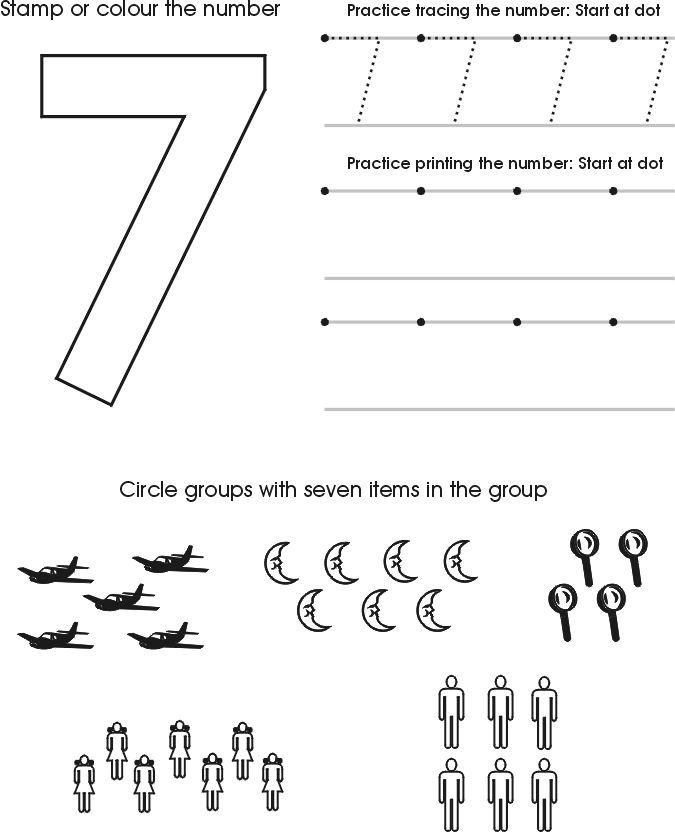
Our center provides preliminary testing, which helps to determine the initial level of knowledge and skills of the student. Taking into account the results that the child will demonstrate, a further learning process takes place.
Lesson for children aged 6-7, aimed at developing a basic level of knowledge, includes getting acquainted with numbers and figures, mastering simple arithmetic operations, teaching the basics of reading. Our teachers introduce children to a range of concepts, which includes natural history, ideas about cultural achievements and other subjects of general knowledge.
Lesson for children aged 6-7 also includes the development of spoken language. In our center, an experienced speech therapist helps to achieve the correct pronunciation of sounds, correct the ways of constructing sentences, and, if necessary, correct stress and intonation. At the request of parents, additional individual lessons with a speech therapist are possible.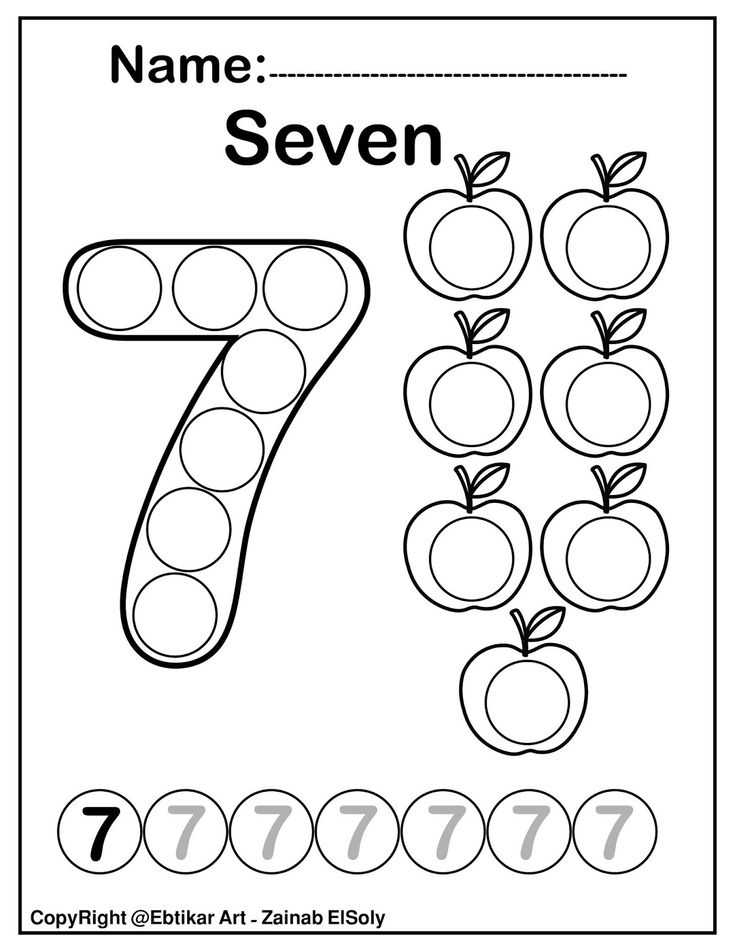
How do developmental classes in preparation for school form psychological readiness?
All classes are held in a friendly atmosphere. Caring teachers with love and respect for the personality of the child help him learn to recognize his needs and communicate them to elders and peers. Naturally, conflict situations are inevitable in any team. In the event of disagreements in children aged 6-7 years, in developing classes in preparation for school, pupils are prompted how to resolve the conflict constructively: they are taught to explain themselves to the “opponent” and reach a mutually acceptable solution.
When applying to some elite schools, it is desirable to have a wider range of knowledge and skills. So, knowledge of English is not mandatory for most elementary grades. However, preparation for a school of 6-7 years in our center may include learning English using a game method that is most accessible to the child as an additional program.
-
We have been working in Moscow for 15 years
-
License for educational activities No.
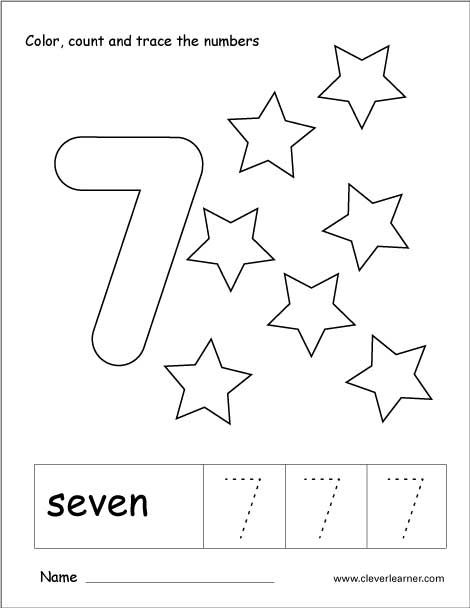 038368
038368 -
We love and respect children
-
There are 4 clubs in our network. Choose the closest one!
-
All have teacher education and special training
-
Systematic health care for pupils
-
Great importance - quality of services
-
Own training and methodological center
-
Video surveillance, panic button, fire alarm
When compiling an individual program for a child, it is important to take into account not only his "passport", but also the biological age of the pupil and not overload him with unnecessary requirements when preparing for school for 6-7 years.
The pre-school program is important. You can discuss our program with the teacher before the start of classes.

